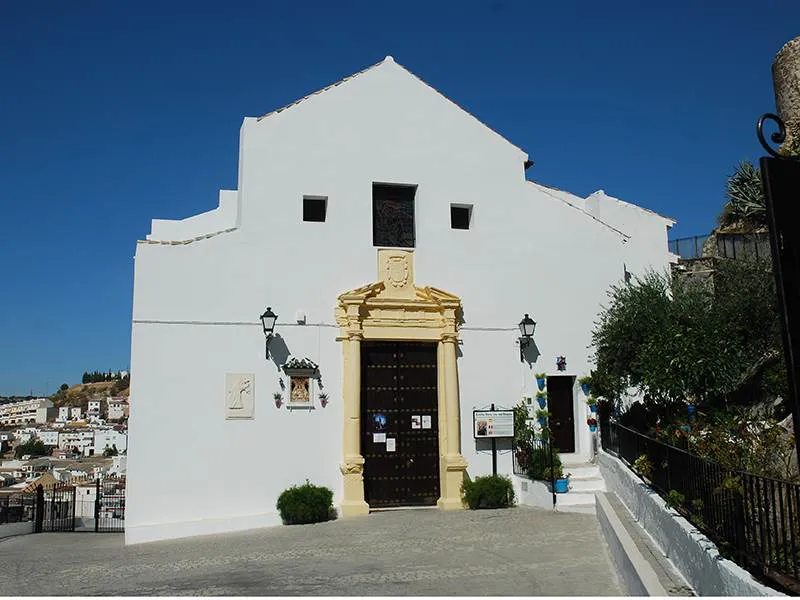Luque is the quintessential mountain village in Cordoba province, Andalucia.
By Nick Nutter | Updated 25 Aug 2022 | Córdoba | Villages |
Login to add to YOUR Favourites or Read Later


Iglesia de Nuestra Señora de la Asunción
On the northern edge of the Sierra Subbetica Natural Park, Luque stands at the foot of an imposing crag, Tajo del Algarrobo. Crowned by a castle and a hermitage that overlooks the town square, Luque is the quintessential mountain village.


Ermita del Rosario
Occupation in the area started during the Neolithic period. For those interested, a tour of Cueva de la Encantada can be arranged from the tourist office in Luque. The cave entrance is behind the Iglesia de Nuestra Señora de la Asunción. Reproductions of cave art found in other, inaccessible caves in the area, have been collected in the one cave.


View over Luque
With its clipped and imposing figure on the Tajo del Algarrobo , the fortress has dominated the entire landscape at least since the final days of the Emirate of Córdoba. The name Venceaire is a deformation of its original name Albenzaide or Benzaide.
The history of the town is intimately linked with that of its castle. The first fortification was built in the late 9th century AD. As recorded by the chronicler Hisn Lukko: in 909 AD It was briefly occupied by the rebel leader, Ibn Mastana during the rebellion against the Ummayads led by Omar bin Hafsun. Order was restored and the Emir of Cordoba, Muhammed I, strengthened the fortifications. During the 12th and 13th centuries the castle gained three external walls. You can see the remains of these walls by looking over the parapet as you ascend the steep road to the castle gates. The castle was captured by Fernando III in 1240 and the castle walls were reinforced. Recaptured by the Moors, the castle underwent yet more renovations including the construction of the Torre de Homenaje with a grain store and aljibe. The castle and town were finally re-conquered by Alfonso XI in 1347. King Henry II gave control of Luque to Don Egas Venegas, Lord Mayor of Cordoba. The Venegas family lived in the castle until the early 18th century.


Ayuntamiento Luque
Beneath the castle is the Ermita del Rosario and beneath that is the Plaza de Espana, the main square with the Ayuntamiento at one end and the Iglesia de Nuestra Señora de la Asunción, at the other. The town spreads out from there in the normal, unplanned maze of alleys and passages lined with whitewashed houses. It is a picturesque village, not overburdened with tourists, the economy still depends on olives and cereals.


Castillo de Venceaire
In 2012, the Centro de Interpretación del Aceite de Oliva opened to promote the area’s olive oil and demonstrate all aspects of the industry. Everything you might want to know about olive oil.


Castle at Luque